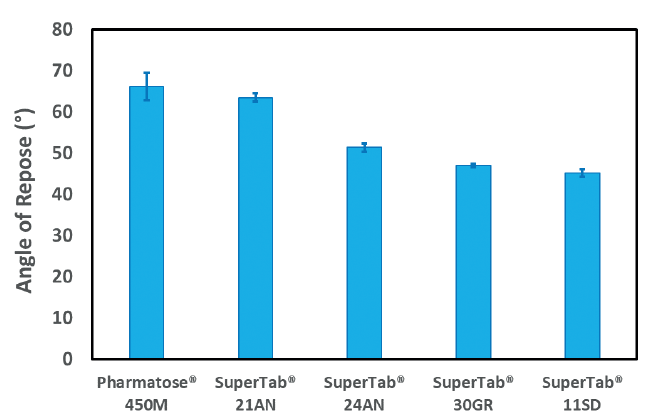

metoprolol throughout the intestinal tract. The biopharmaceutics of successful controlled release drug product: segmental-dependent permeability of glipizide vs. Design and in vitro evaluation of novel sustained-release matrix tablets for lornoxicam based on the combination of hydrophilic matrix formers and basic pH-modifiers. Improved dissolution and pharmacokinetic behavior of dipyridamole formulation with microenvironmental pH-modifier under hypochlorhydria.

Improved dissolution and absorption of ketoconazole in the presence of organic acids as pH-modifiers. Modulation of microenvironmental pH and crystallinity of ionizable telmisartan using alkalizers in solid dispersions for controlled release. pH-independent drug release of an extremely poorly soluble weakly acidic drug from multiparticulate extended release formulations.

Design of pH-independent controlled release matrix tablets for acidic drugs. Novel formulations of dipyridamole with microenvironmental pH-modifiers for improved dissolution and bioavailability under hypochlorhydria. pH modulation: a mechanism to obtain pH-independent drug release. Dynamic dissolution: a step closer to predictive dissolution testing? Mol Pharm. Predicting the gastrointestinal behaviour of modified-release products: utility of a novel dynamic dissolution test apparatus involving the use of bicarbonate buffers. Merchant HA, Goyanes A, Parashar N, et al. Impaired drug absorption due to high stomach pH: a review of strategies for mitigation of such effect to enable pharmaceutical product development. Gut instincts: explorations in intestinal physiology and drug delivery. Pharmacokinetics and absorption of the anticancer agents dasatinib and GDC-0941 under various gastric conditions in dogs-reversing the effect of elevated gastric pH with betaine HCl. Microenvironmental pH-modification to improve dissolution behavior and oral absorption for drugs with pH-dependent solubility. In conclusion, combining inclusion complexation agents and pH modifiers had improved the dissolution of glipizide as well as achieved the pH-independent release profile. The release profile fitted well into the Higuchi model and the dominant mechanism of drug release was Fickian diffusion while case II transport/polymer relaxation occurred. The release profile in acidic media was similar to the alkaline media (pH 6.8) with a similarity factor ( f 2) of 55.0, suggesting the weakening of the effect of pH on the dissolution efficiency of glipizide. The formulations containing MgO exhibited increased cumulative drug release from less than 40% in the reference formulation to 90% within 24 h in acidic media (pH 1.2). The hydrophilic matrix tablets were prepared by powder direct compression and evaluated by in vitro dissolution study respectively in pH 6.8 and pH 1.2 dissolution media. Hydroxypropyl-β-cyclodextrin (HP-β-CD) was used as the complexation agent while sodium citrate and magnesium oxide (MgO) were used as model pH modifiers. A combination of inclusion complexation and microenvironmental pH modification techniques was utilized to improve the dissolution and pH-independent release of glipizide. The aim of this research was to design and evaluate a hydrophilic matrix system for sustained release of glipizide, a weakly acidic poor soluble drug.


 0 kommentar(er)
0 kommentar(er)
